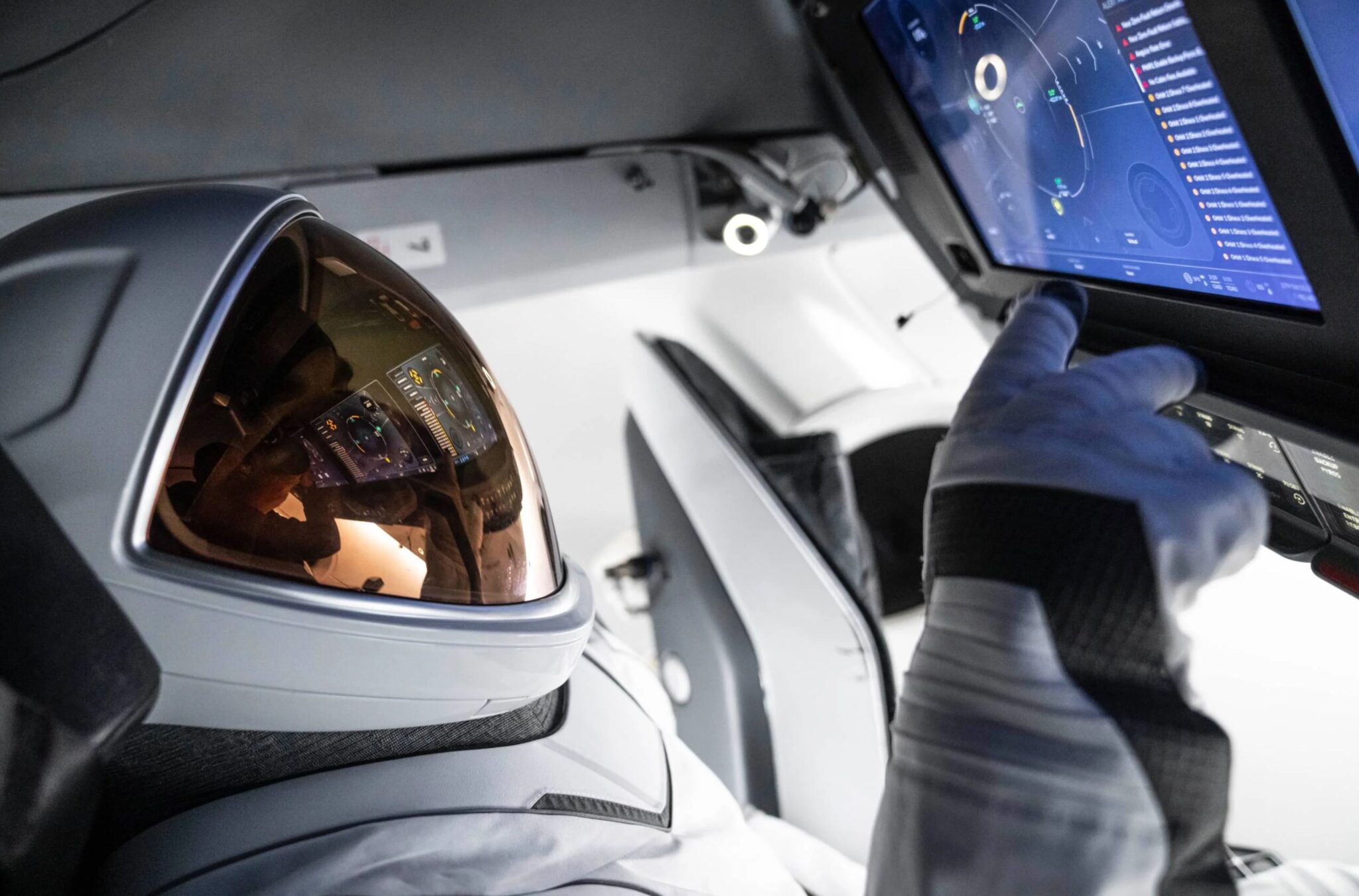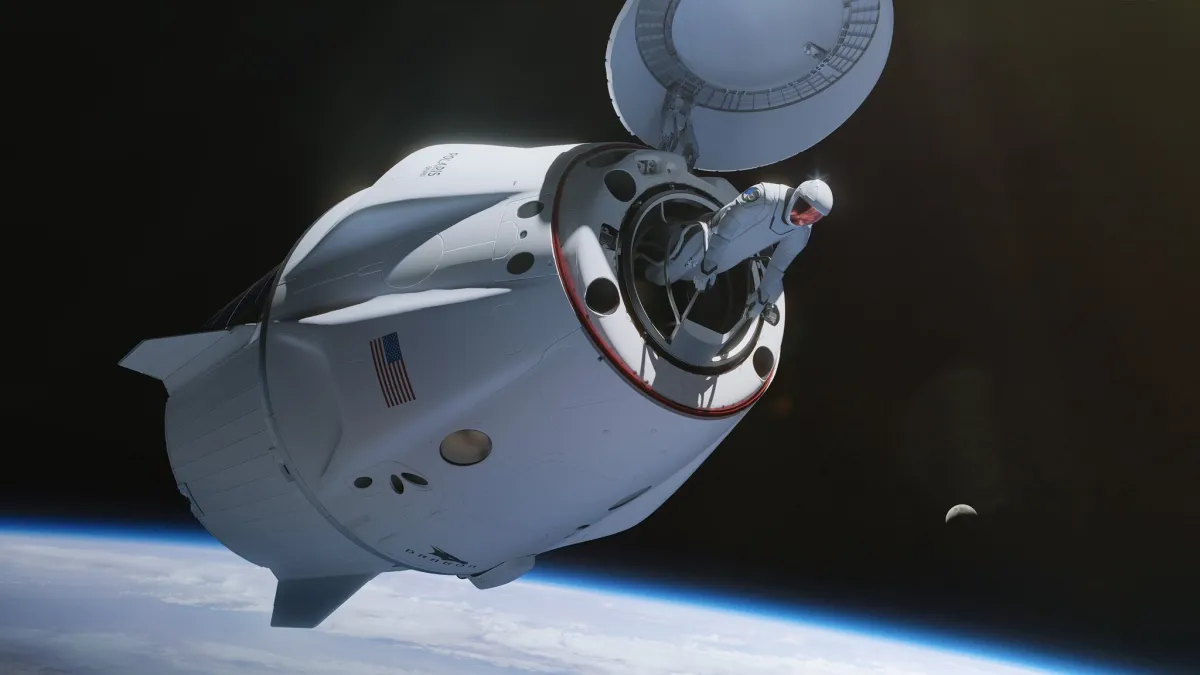SpaceX’s Polaris Dawn mission is about to begin. A crew of four civilians, led by billionaire Jared Isaacman, will launch from the Kennedy Space Center in Florida. Their spacecraft will reach an altitude of 1,400 kilometers, three times higher than the ISS, which is the longest distance humans have flown since Apollo. But such a journey would be quite risky, as its path would take it through the Earth’s radiation belts.

Over the next five days, the Dragon Resilience capsule will pass through the Van Allen radiation belt, zones of high-energy particles that protect Earth from cosmic radiation. This mission provides a unique opportunity to study radiation exposures, which is important to prepare for future missions to Mars, where travel through such areas is inevitable.
In addition, the crew is planning the first private spacewalk at an altitude of 700 kilometers. Although it will be below the radiation belt, the mission will still be historic. One of the main objectives of the mission is to conduct radiation measurements, similar to those on the ISS, to systematically study radiation levels.
SpaceX’s craft was thoroughly tested for radiation resistance to ensure the safety of the crew and to preserve communications and navigation. These tests will help improve space technology for future long-duration missions.

The researchers also plan to study the biological effects of radiation on the crew by comparing their condition before and after the flight. This will provide a better understanding of how radiation affects health and what measures can be taken to protect astronauts in the future.
The crew consists of two men and two women, providing a unique opportunity to study how exposure to space radiation can affect biological sex. Dr. Emmanuel Urquieta notes that private missions such as Polaris Dawn are an important step towards new scientific data.
Earlier we reported on how Polaris Dawn’s astronaut shared his experiences before a spacewalk.
According to space.com


